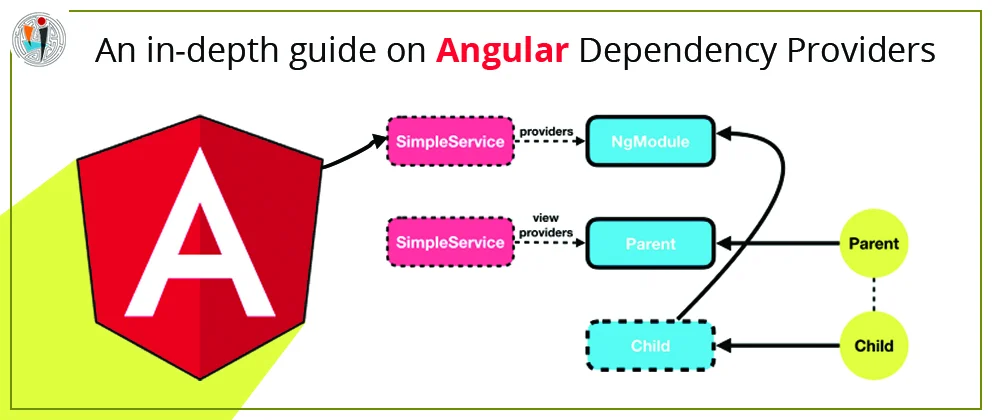What were the causes which resulted in project failure? How to manage software projects in a best way to avoid excessive costs, risks?
A survey done by KPMG on the Unsuccessful Information Technology Projects revealed that the three most common reasons for project failure are:
- Poor project planning: A weak project plan and an inadequate risk management approach can lead to project failure. Risk management becomes more important as the organization expands.
- A weak business case: The need for the project should directly map with the organization’s business needs.
- Lack of top management involvement: The project should be backed up by the management to secure the buy-ins and support at every stage of the project development.
Some of the specific areas wherein poor planning can lead to failures are:
Goal and vision
- Failure to interpret the question “what are we really trying to achieve?”
- Failure to document the clear vision and communicate it to the organization.
- Project objectives are not aligned with the overall business goals of the organization as a whole.
- Project defines its vision and goals, but the document is put on a shelf and never used as a guide for subsequent decision making
- Lack of coordination between multiple projects spread throughout the organization.
Planning
We need to ensure that the detailed work has to be mapped out over the next few months to ensure that the project resources are correctly assigned once the project actually begins. These include how we manage scope, issues, risks, work plan, etc
- Failure to plan - diving into the performance and execution of work without planning.
- Working under constant and rigorous schedule pressure
- Failure to manage management or customer expectations
- Planning should be seen as a team activity rather than only the Project Manager’s duty.
- Failure to break a large project plan into small deliverable tasks.
- Unclear roles and responsibilities may lead to confusion and gaps.
- Some team members are burdened with overload resulting in low efficiency in critical areas of the project while others are underutilized.
- Requirements should be prioritized as the team focus is not wasted on lower priority items.
- Failure to provide sufficient user training with the changing demands of the project.
- Change requests should be handled formally while accessing changes in schedule or budget.
Stakeholder engagement issues
- Failing to identify/view the project through the eyes of the stakeholder results in a failure to appreciate how the project will impact the stakeholders.
- One stakeholder group should not dominate the project while ignoring the needs of other.
- Failure to include needed “change management” activities into the scope of the project.
- Failure to inculcate effective communication between employees from top management to lower management who are involved in the project
Leadership and governance
- Failure to establish a governance structure with respect to the needs of the project
- Appointing a Sponsor who lacks the expertise, seniority, training to perform the role effectively.
- The Project Manager lacks the interpersonal or business skills to coordinate with team members and make things happen for the success of the project.
- The Project Manager Micromanages the project causing the team to de-motivate and fail to track things sufficiently.
Requirements Issues
- Vague or open ended requirements (like requirements that end with ‘etc’)
- Each requirements should support the project’s objective and should have an effective Return on Investment (ROI)
Team issues
- Lack of clarity in roles and responsibilities which results in confusion and errors.
- Inefficient team members to complete the work that is committed
- Projects are done while expecting the team members to work “off the side of the desk” i.e. to work full time while also meeting project milestones.
- The team lacks the Subject Matter Expertise needed to complete the project successfully
- Failure to provide the team with appropriate training with changing demand.
- Expecting the team to work which is already exhausted in doing overtime.
Estimation
- Those team members who will perform the work are excluded from the estimating process
- Estimates are provided without a corresponding statement of scope and based on insufficient information or analysis.
- Big items are estimated and the small scale activities are omitted
- Failure to build contingency plans
- Depending too much on the tools to deliver proper estimations
Decision making problems
- Key decisions are made by people who lack the subject matter expertise to be making the decision
- Lack of “situational awareness” results in ineffective decisions being made
- Decision fragments are left unanswered (parts of the who, why, when, where and how components of a decision are made, but others are never finalized) resulting in confusion
- Failure to establish clear ownership of decisions or the process by which key decisions will be made
Project tracking and management
- Proper monitoring lets the Project Manager identify where resources are needed to complete the project on time.
- Project is tracked based on large work items rather than smaller increments
- Failure to monitor supplier or vendor performance on a regular basis
Risk management
- Risk management is seen as an independent activity rather than an integral part of the planning process
Conclusion
The past failure should not de-motivate the project managers from further efforts. The instances of IT project failures gives us the opportunity to focus on the relevant aspects that can be derived from vulnerable areas where IT projects are more likely to fail.
Managers can review the following points to reduce the probability of project failure by considering the following ways:
-
Make sure to plan before starting the development or implementation of the project.
-
Set up the necessary processes to calculate and inform the risk.
-
Ensure that the IT project has clear objectives and goals.
-
Understand project trade-offs when making changes.
-
Use the duration of the task to estimate the schedule.
-
Get the support from the executive/top management and get their consent and feedback at every stage of project.
-
Ensure that the team members communicate to avoid the communication gap.
-
The users should also participate in design and implementation of your project to get appropriate feedback.
-
Make sure you have the appropriate skills needed to fulfil the project’s demand.
In avoiding the above points, it can help the Project Manager to mitigate risks associated with Project Management that can led to failure of IT projects
























